More like this...
Sword of Mana (USA, Australia) Gameboy Advance game
Sword of Mana
Overview
"Sword of Mana," developed by Square Enix and Brownie Brown and published by Square Enix and Nintendo, is a 2003 action role-playing game for the Game Boy Advance. It is an enhanced remake of "Seiken Densetsu: Final Fantasy Gaiden," known as "Final Fantasy Adventure" in North America and "Mystic Quest" in Europe. Set in a high fantasy universe, the game follows an unnamed hero and heroine as they seek to defeat the Dark Lord and protect the Mana Tree from those who wish to misuse its power.
Gameplay
"Sword of Mana" offers an expanded and modified version of the gameplay found in the original "Final Fantasy Adventure." The game features a top-down perspective where players navigate terrain and combat hostile creatures. Players can choose to follow the story of either the hero or heroine, each with unique abilities— the hero is adept with melee weapons, while the heroine excels in ranged magical attacks.
Combat is real-time, with players able to switch between characters during battles. A key feature is the overdrive gauge, which allows players to unleash powerful attacks once filled. Players can also rest in towns, purchase items, and use the Ring Command menu to select weapons, spells, and items. The game incorporates a day-night cycle affecting enemy encounters and includes elements from other Mana series titles like weapon forging and planting produce.
Plot
The story of "Sword of Mana" closely follows the plot of "Final Fantasy Adventure" with significant expansions. Players can experience the narrative from the perspective of either the hero or the heroine.
-
Hero's Story: The hero begins as a gladiator-slave in the Granz Realm, haunted by the memory of his parents' death at the hands of the Dark Lord. After a daring escape, he meets the heroine, and they team up to thwart the Dark Lord's plans.
-
Heroine's Story: The heroine's journey starts with her village being destroyed by the Dark Lord and his assistant, Julius. She seeks vengeance and joins forces with the hero to protect the Mana Tree.
The protagonists learn about the Mana Tree's significance and the Vandole Empire's history, ultimately confronting the Dark Lord and Julius. The heroine eventually replaces her mother as the Mana Tree, concluding their quest.
Development
After "Legend of Mana," key members of the development team formed Brownie Brown, which took on the development of "Sword of Mana." The remake aimed to enhance graphics and gameplay while removing "Final Fantasy" elements to establish the Mana series' distinct identity. The game was announced in 2002 and released in Japan in August 2003, North America in December 2003, and Europe in March 2004.
Music
Kenji Ito, the composer of the original "Final Fantasy Adventure," returned to score "Sword of Mana." The soundtrack features reworked tracks and new compositions, with a two-disc album released in 2003. The music received mixed reviews, with some praising it while others found it repetitive.
Reception
"Sword of Mana" received generally positive reviews, particularly for its graphics. Critics praised the lush, colorful backgrounds but were less enthusiastic about the plot and gameplay mechanics. The computer-controlled ally and some combat mechanics were commonly criticized. Despite these issues, the game was recommended to fans of the genre and the series. The game sold over 277,000 copies in Japan in 2003.
Legacy
The game was adapted into a manga and novels, and "Final Fantasy Adventure" received a second remake in 2016, titled "Adventures of Mana."
Conclusion
"Sword of Mana" is a significant entry in the Mana series, offering a nostalgic yet enhanced experience for fans of the original game. With its expanded storyline, refined gameplay, and beautiful graphics, it remains a beloved title for action role-playing game enthusiasts.
Game category: Gameboy Advance games
Recently played
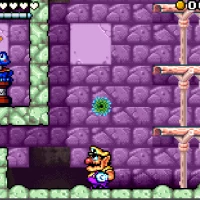
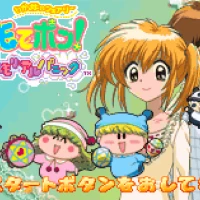
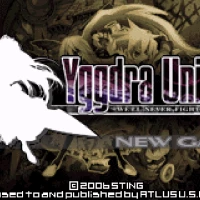
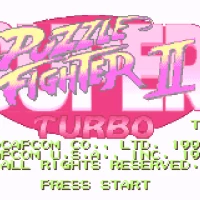
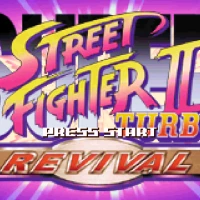

![Animal Mania (J) [o1] Gameboy Advance game](https://www.gamesclips.com/gameImages/9357.webp)
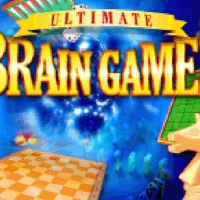
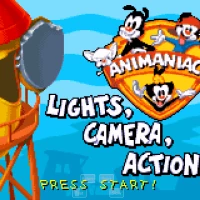
![Tomato Adventure (Japan) [T-En by Unknown W. Brackets v1.1.0] Gameboy Advance game](https://www.gamesclips.com/gameImages/8200.webp)

Comments